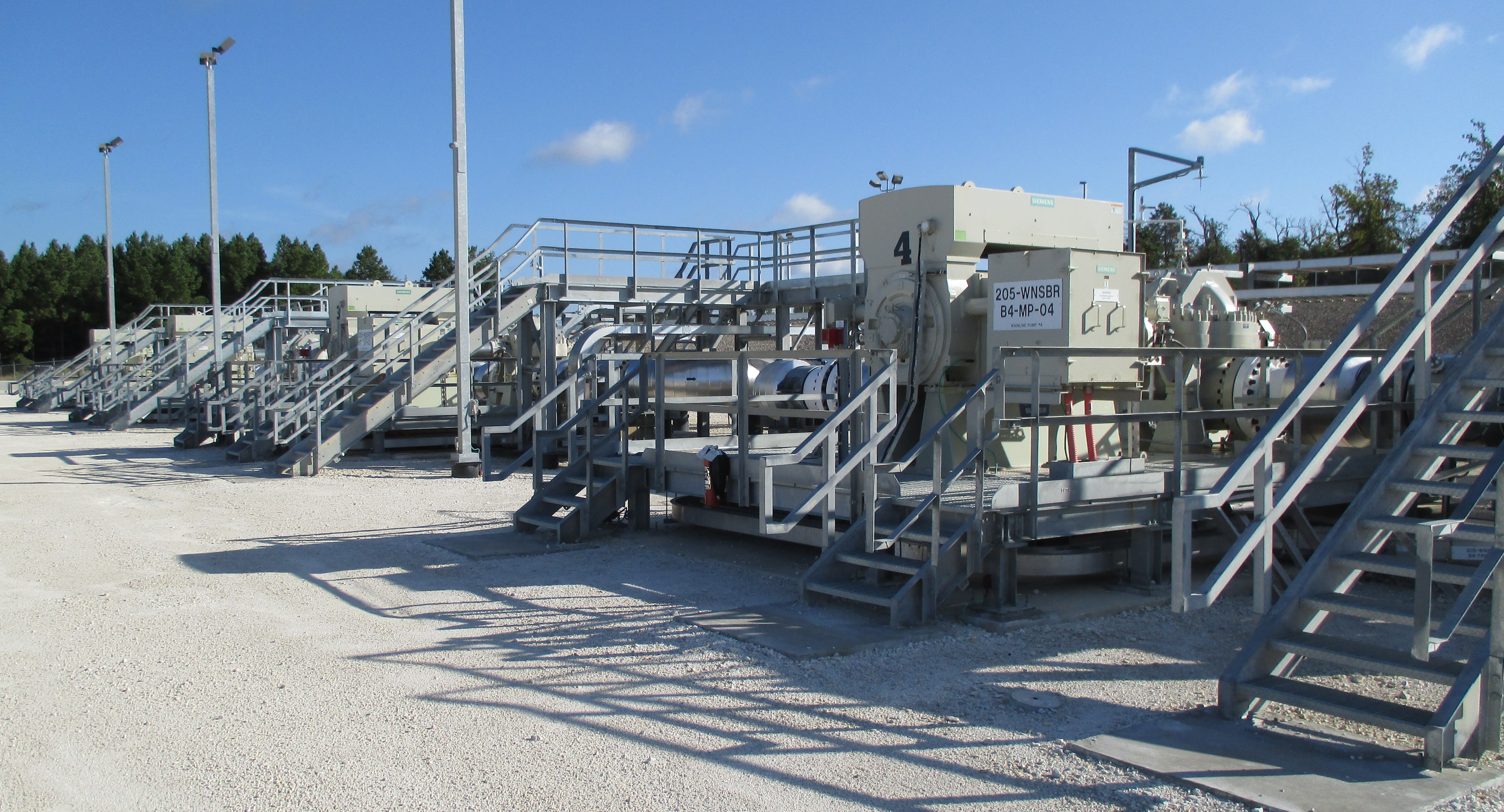The Keystone XL (KXL) pipeline has been the source of many polarizing discussions among industry and political leaders since the 2000s.
Now, following U.S. President Barack Obama's State of the Union address on Jan. 20, Congress may be closer than ever on moving forward the infrastructure project nearly six years in the making.
It’s time to revisit what exactly the Keystone pipeline is, what technical innovations make it possible and what it represents for the future of American energy.
1. Keystone is a system of pipelines—not just one expansion.
The proposed KXL pipeline is the latest in a series of expansions to the base Keystone pipeline, which carries oil over 275 miles through a series of 5 pump stations. KXL would cover 1,200 miles and include 35 pump stations.

(Courtesy of Keystone XL)
2. The expansion could likely bring jobs and infrastructure dollars to the Midwest.
According to TransCanada, the company building the pipeline, the Keystone system created 14,000 jobs during its construction. The $8 billion KXL could provide jobs for another 9,000 Americans and stimulate infrastructure developments in states such as South Dakota, Montana and Nebraska.
#Nebraska Governor @GovRicketts, on how #KeystoneXL will strengthen the state economy. http://t.co/qu2i6uhbkl #KXL pic.twitter.com/YZcUe7wvtO
— TransCanada (@TransCanada) January 14, 2015
3. The same companies and team members that started with the project are still working on it.
Siemens has been supplying KXL with pumps, motors, drive systems and monitoring solutions for several years. In fact, many of the same Siemens personnel have stayed with the team, forging a long-term partnership—including Siemens' Chris Watola.
4. Intelligent monitoring is the key to ensuring a high level of safety for the pipeline.
The standout innovation from Siemens is the level of monitoring and control the company provided for the KXL project. Human-machine interfaces (HMIs) display and transmit more than 20,000 data points every 5 seconds from pump stations throughout the pipeline to the oil control center in Calgary, Canada. Alternating satellites provide dedicated connection, with a landline connection acting as a failsafe.

